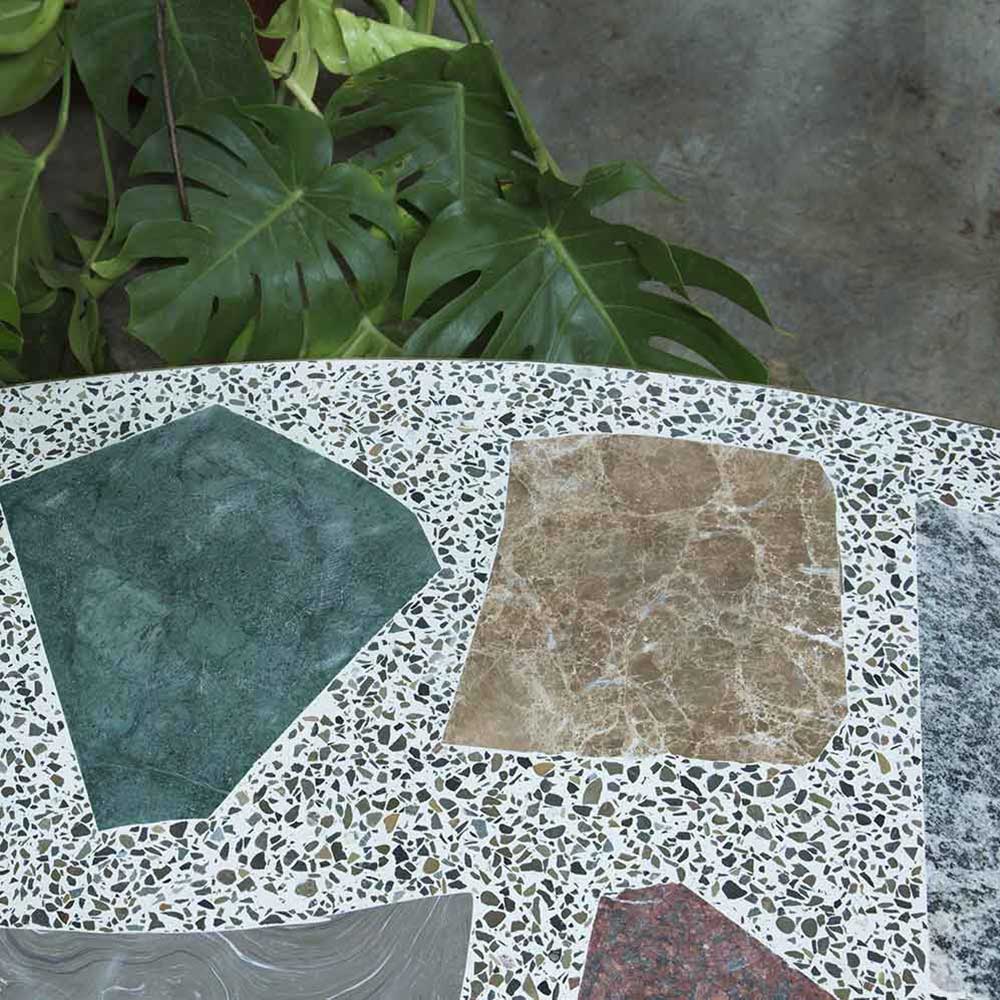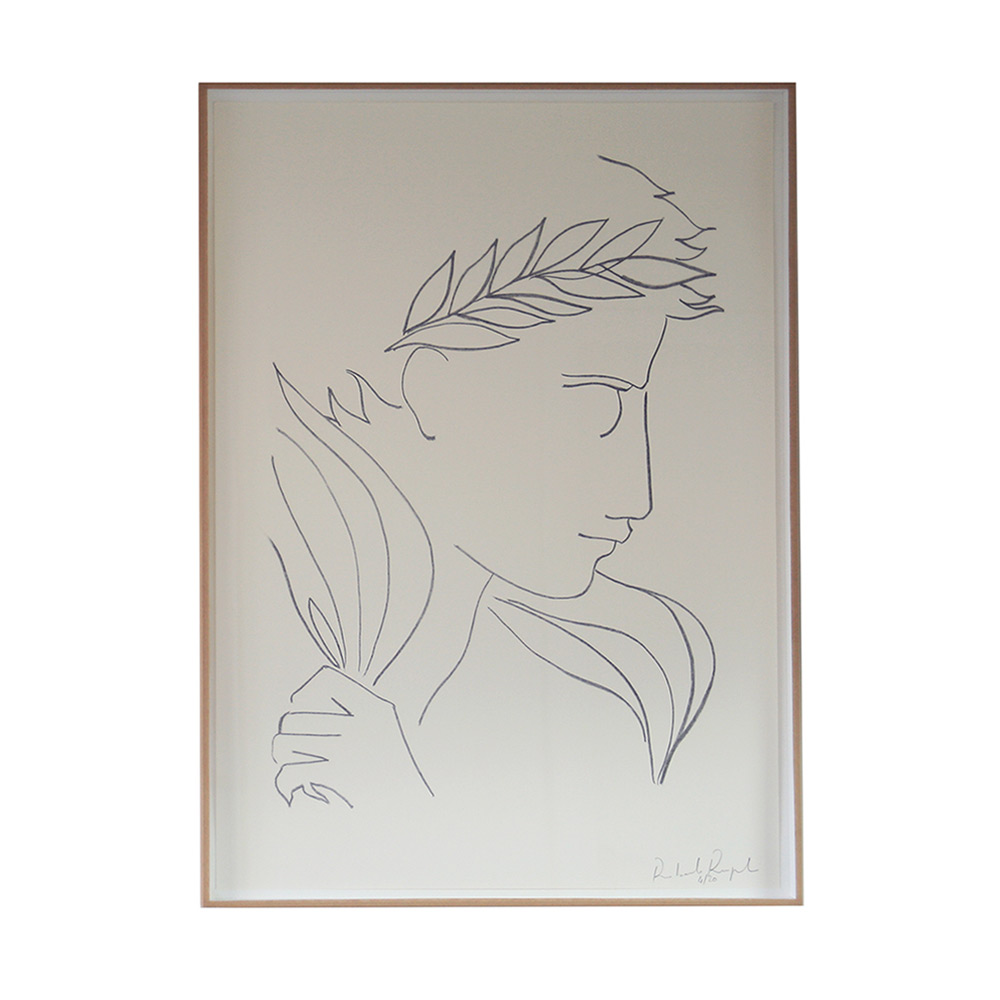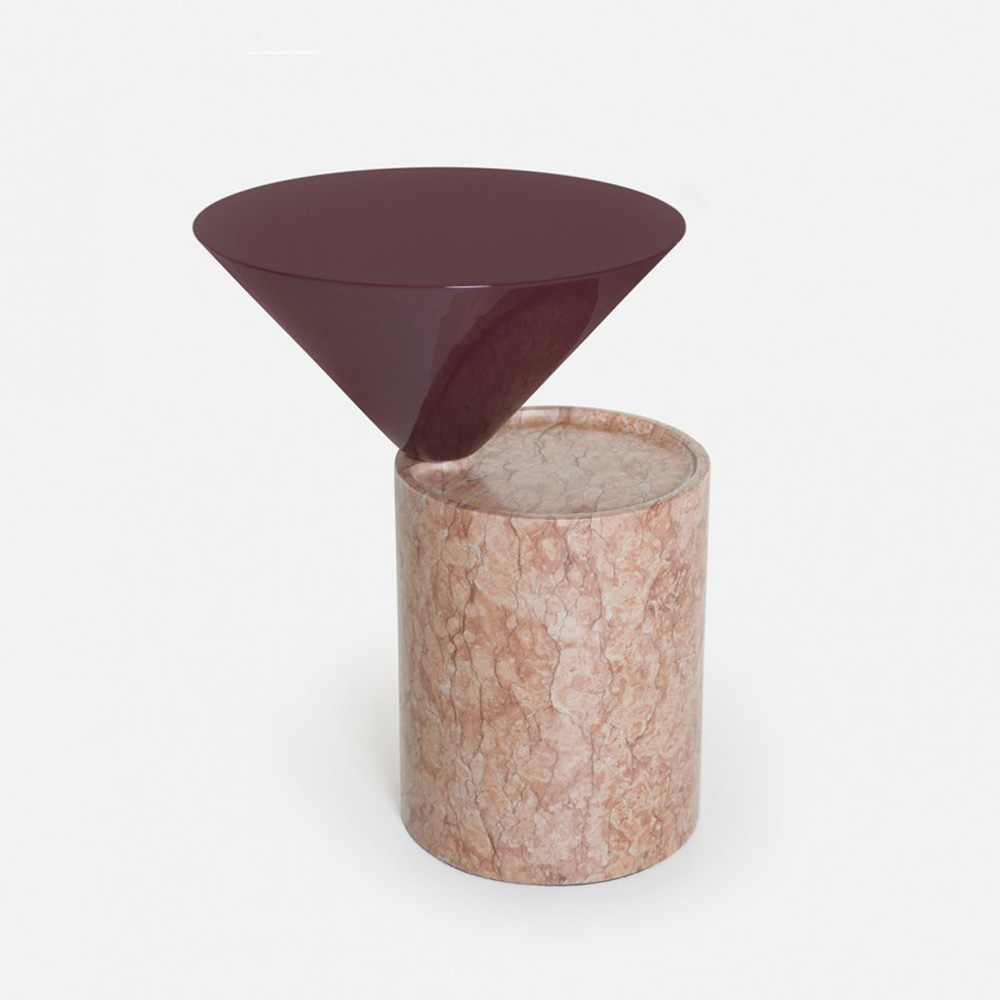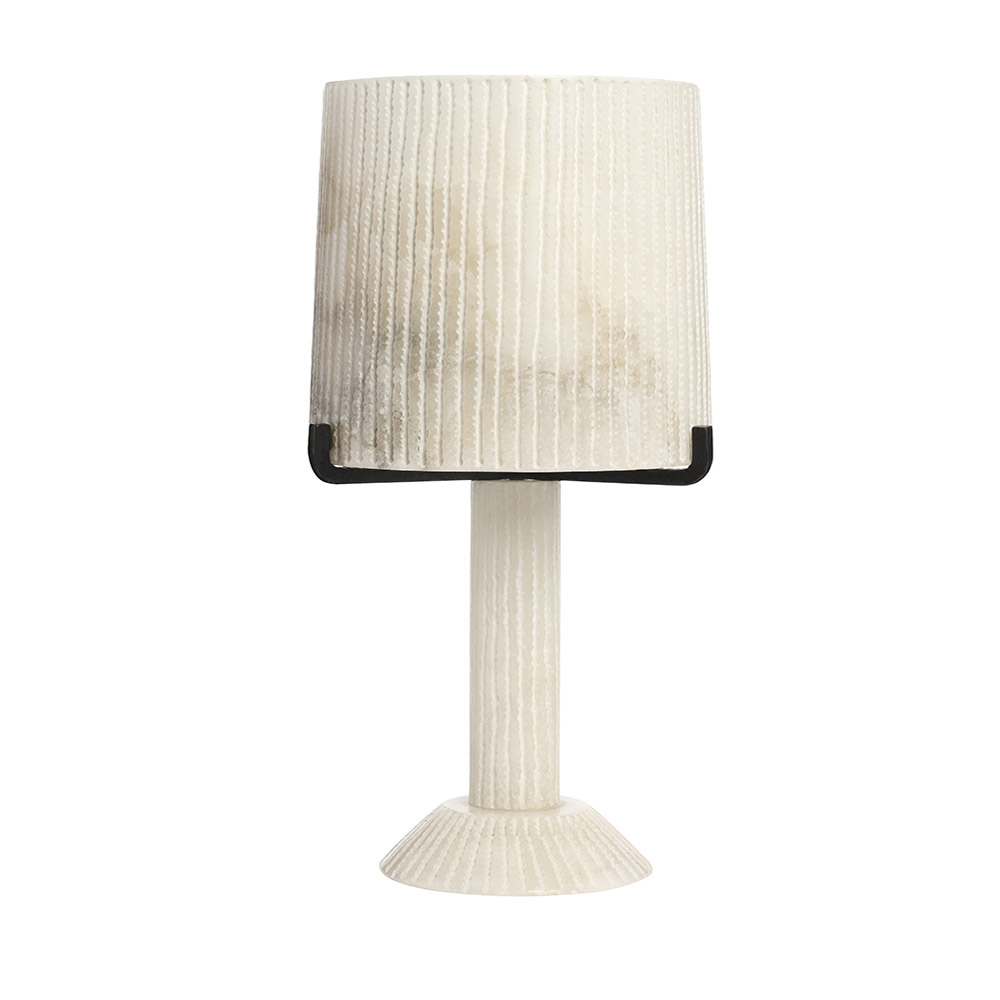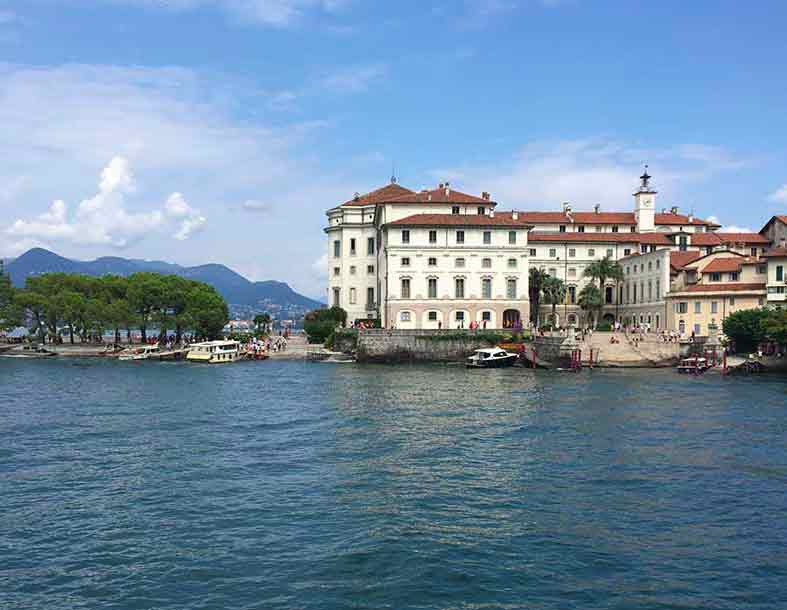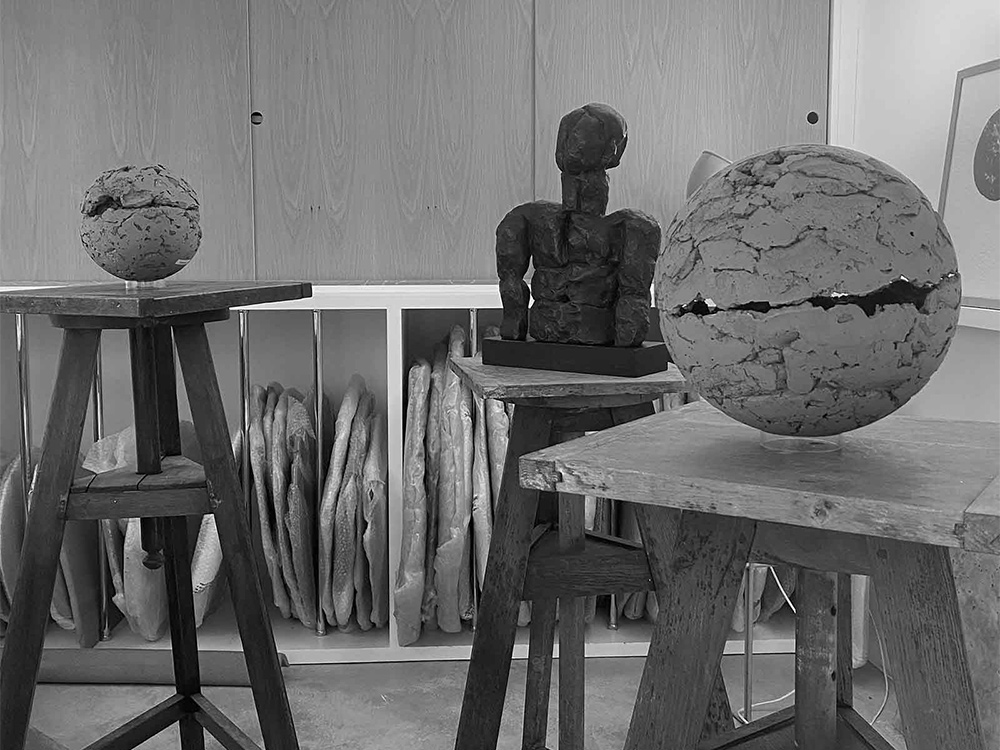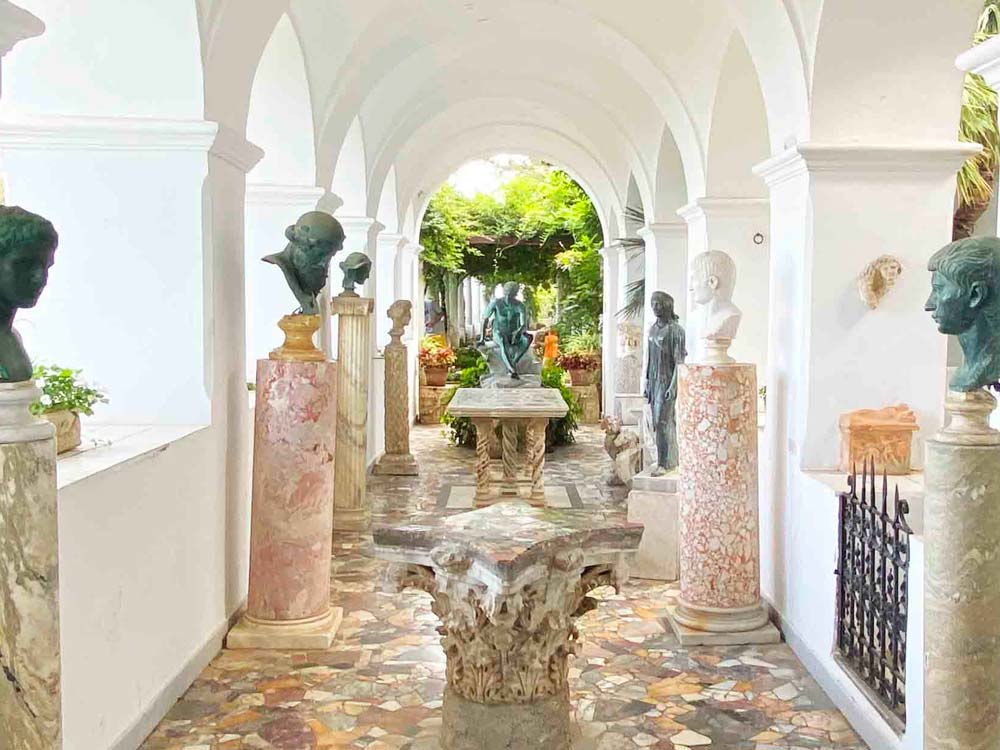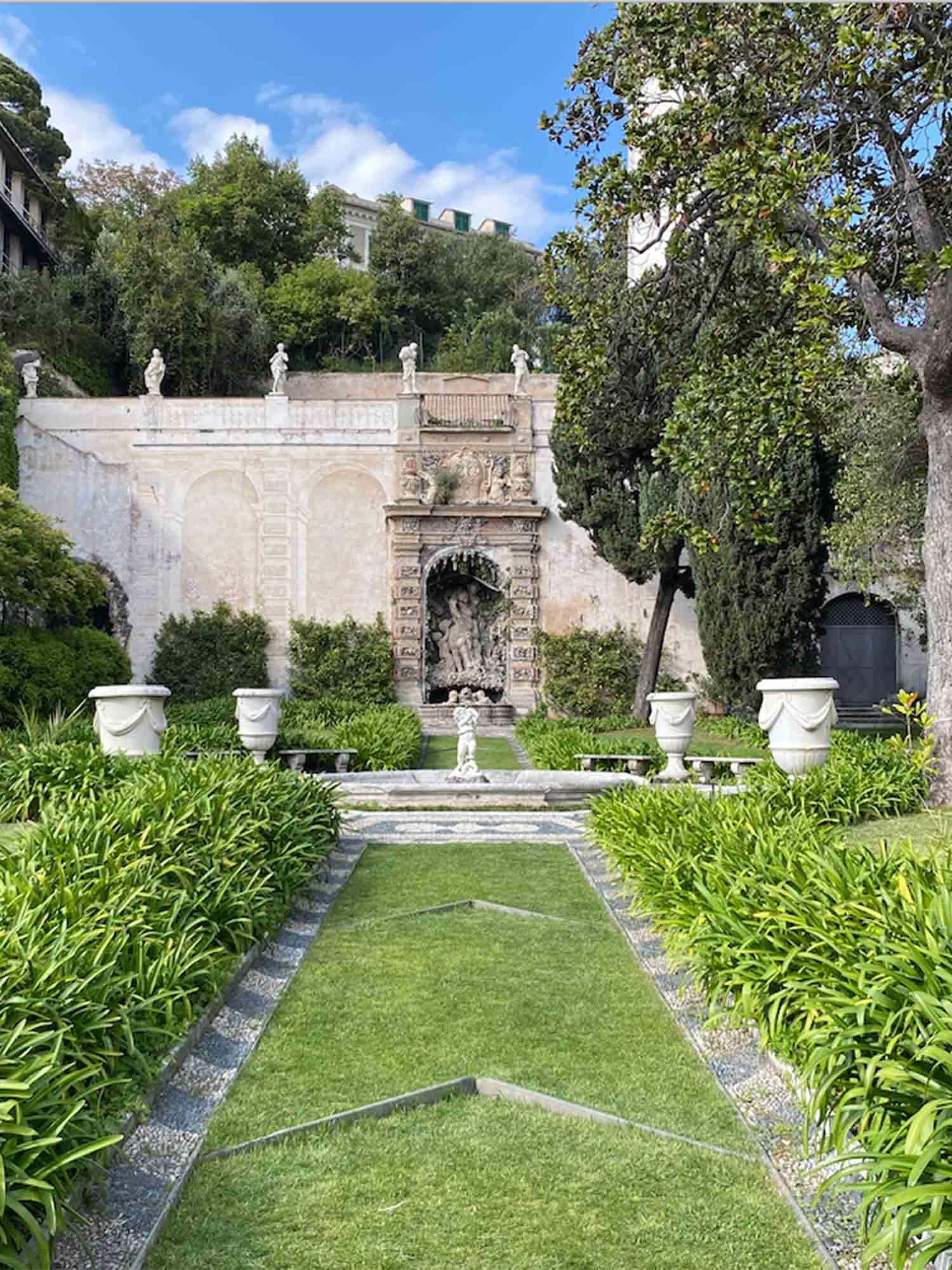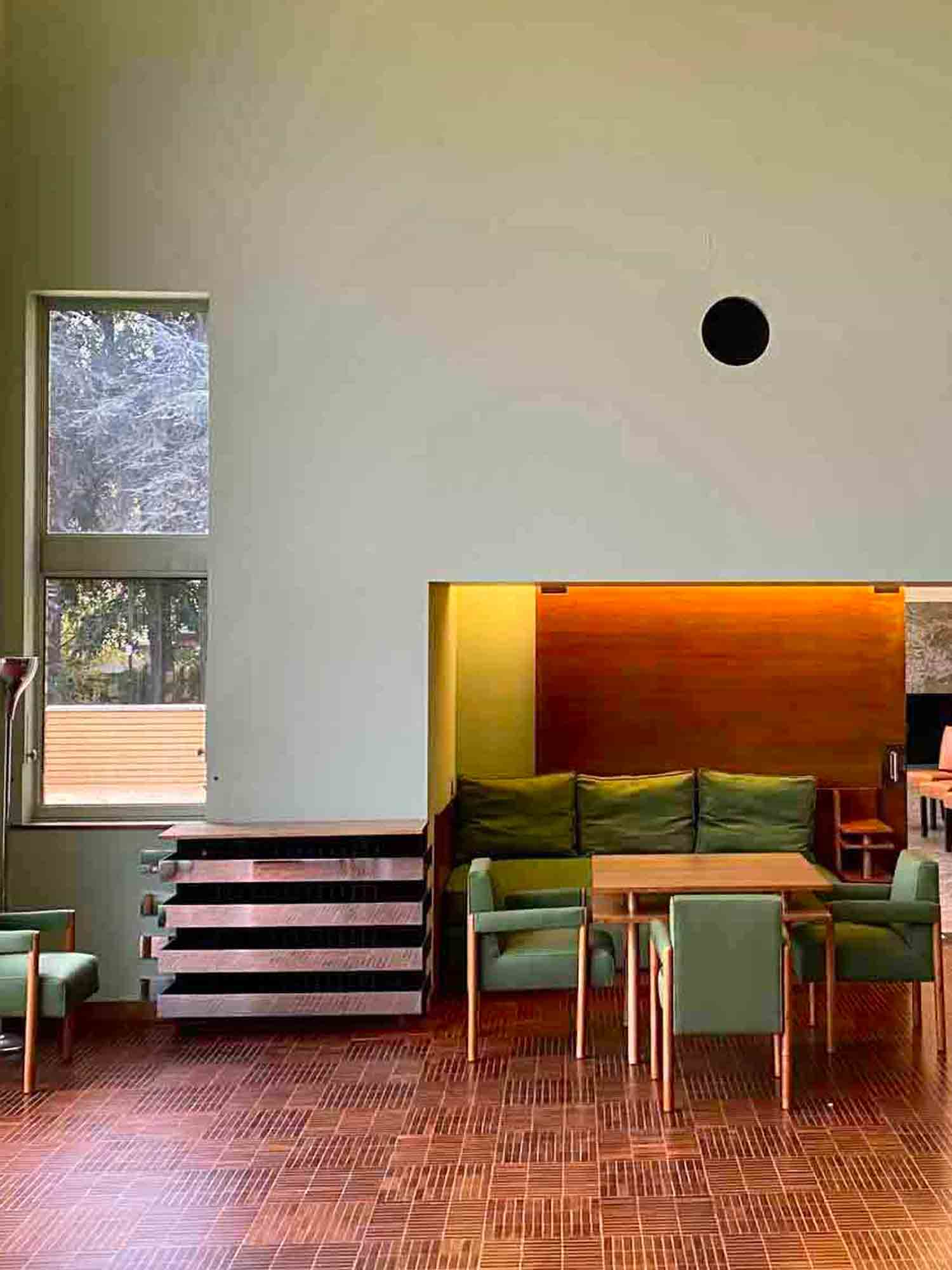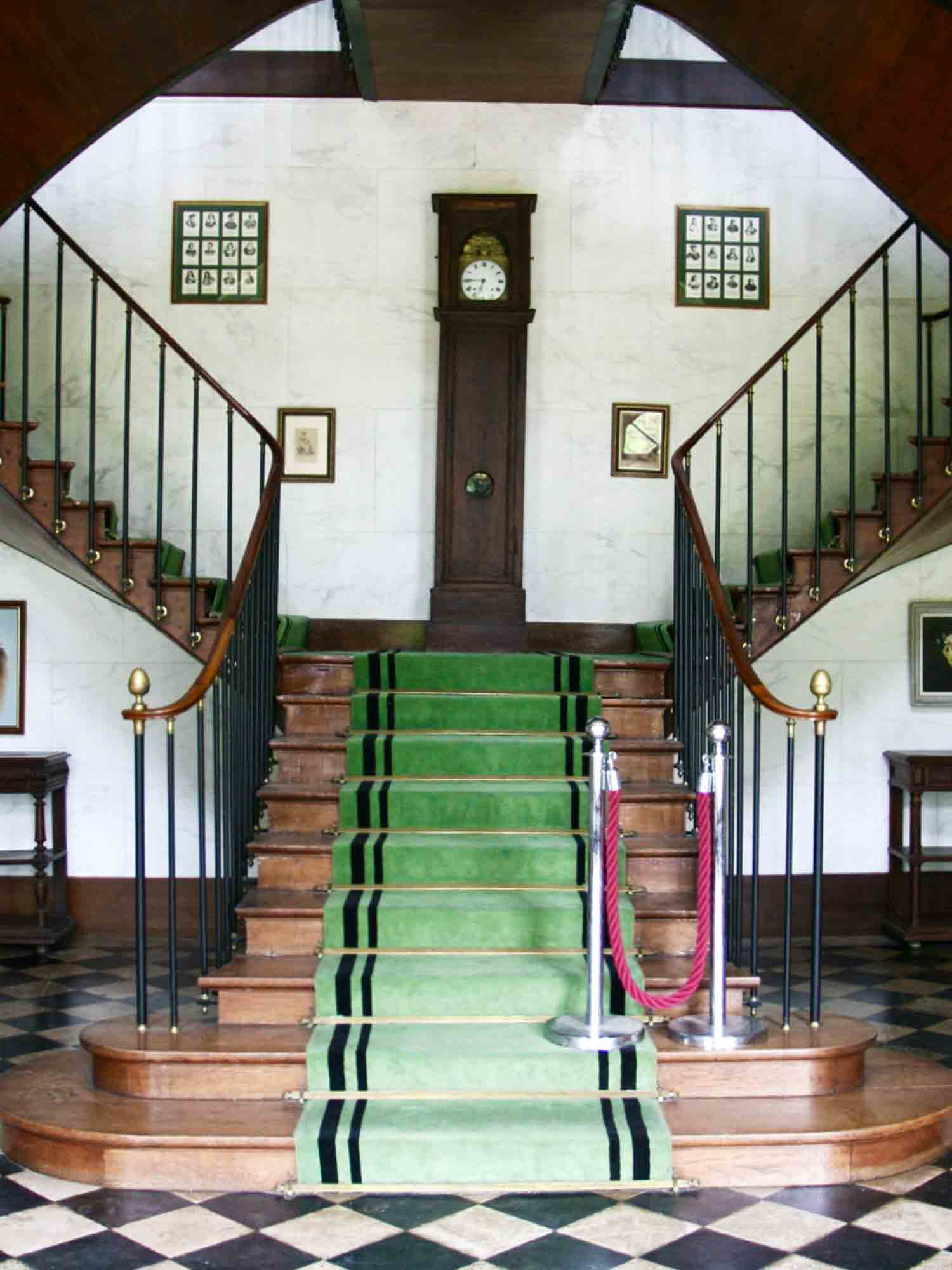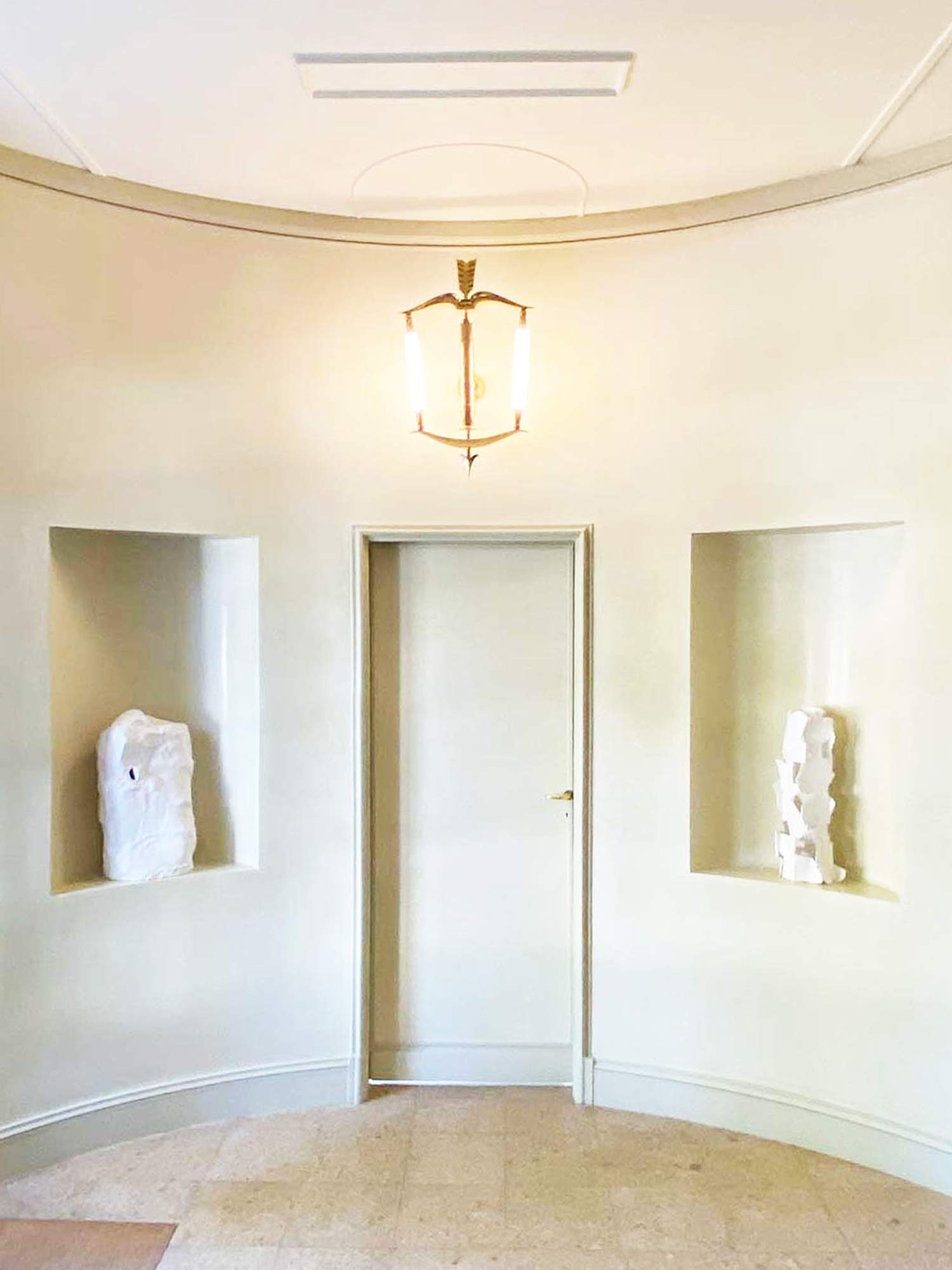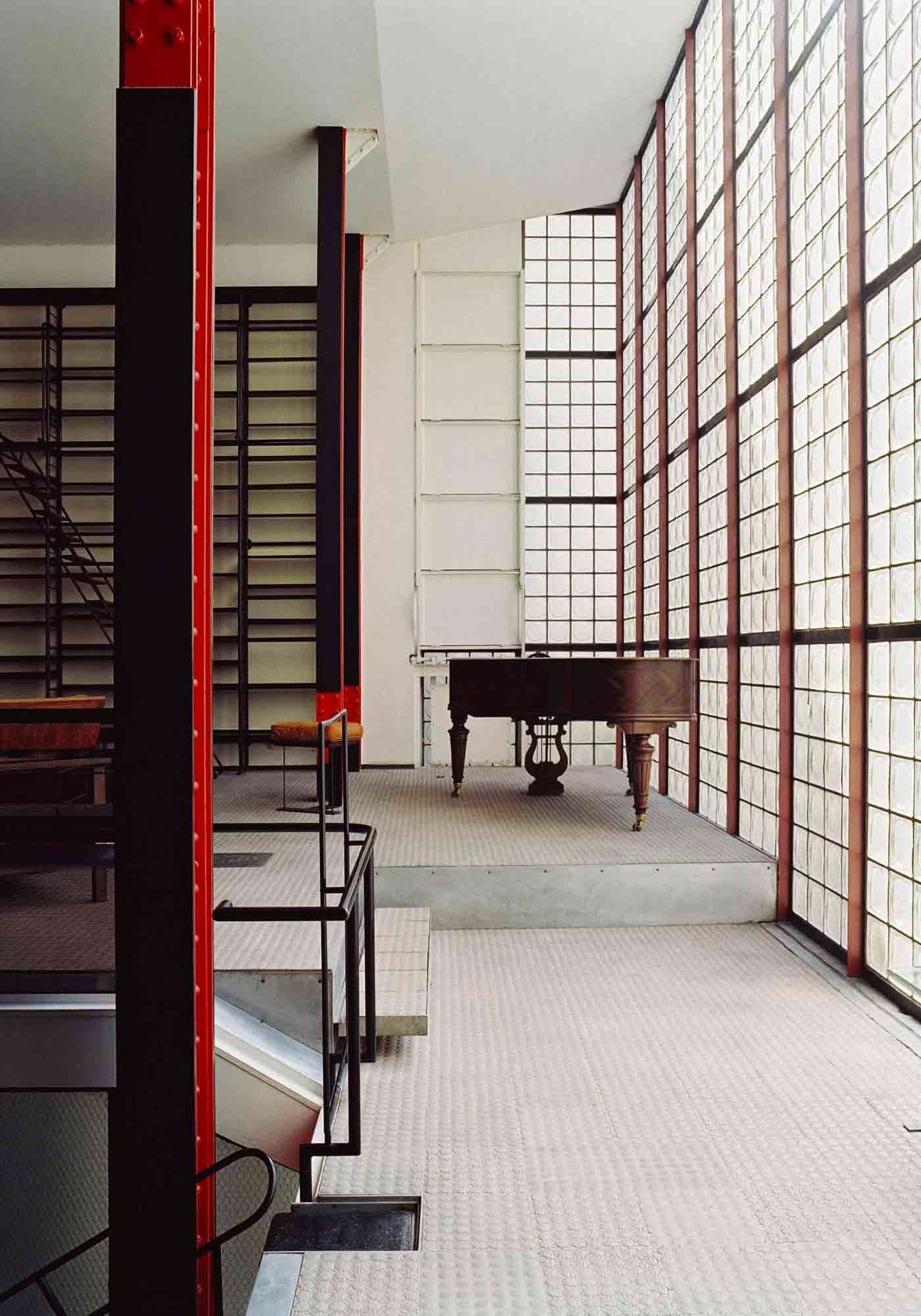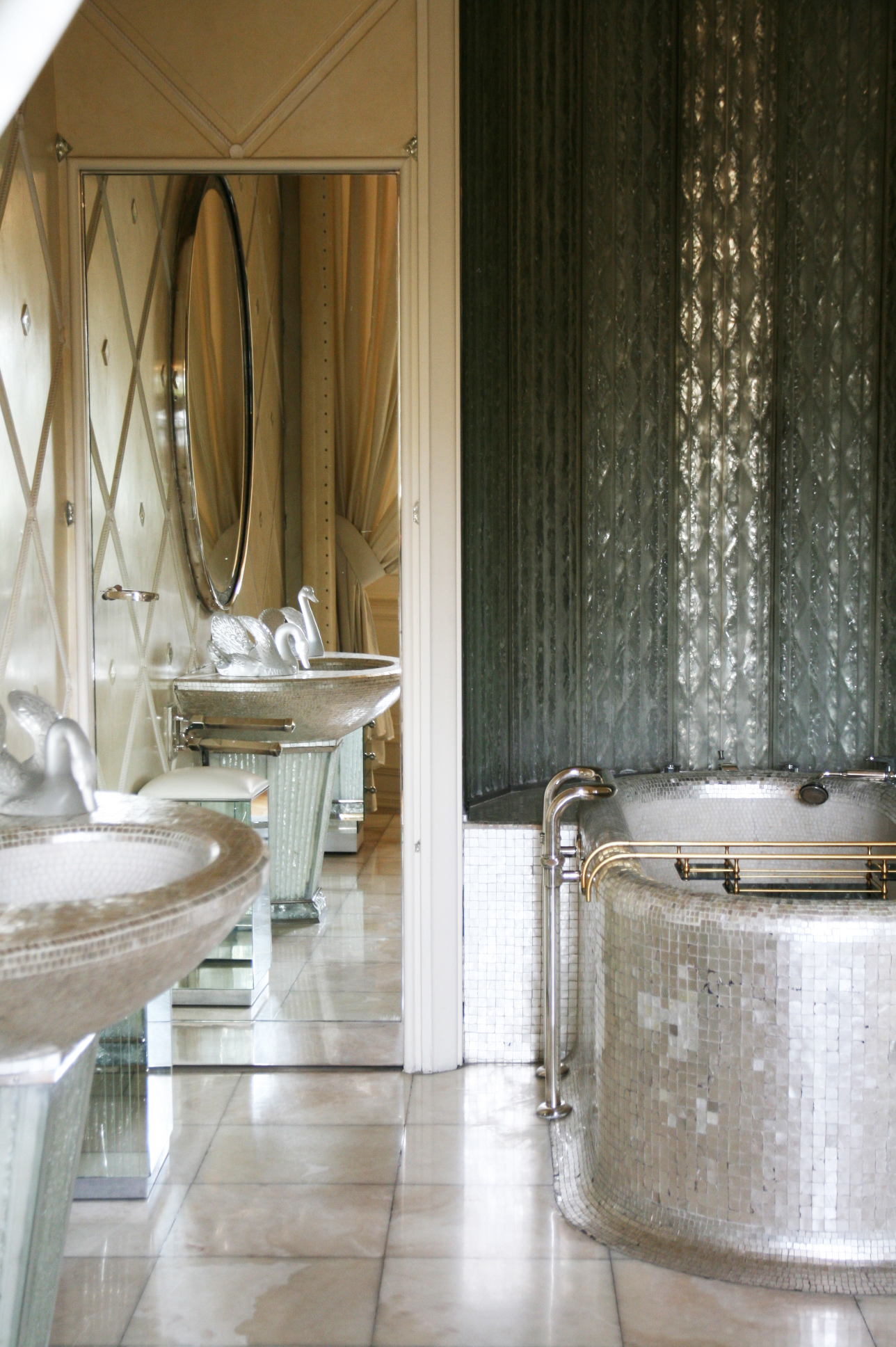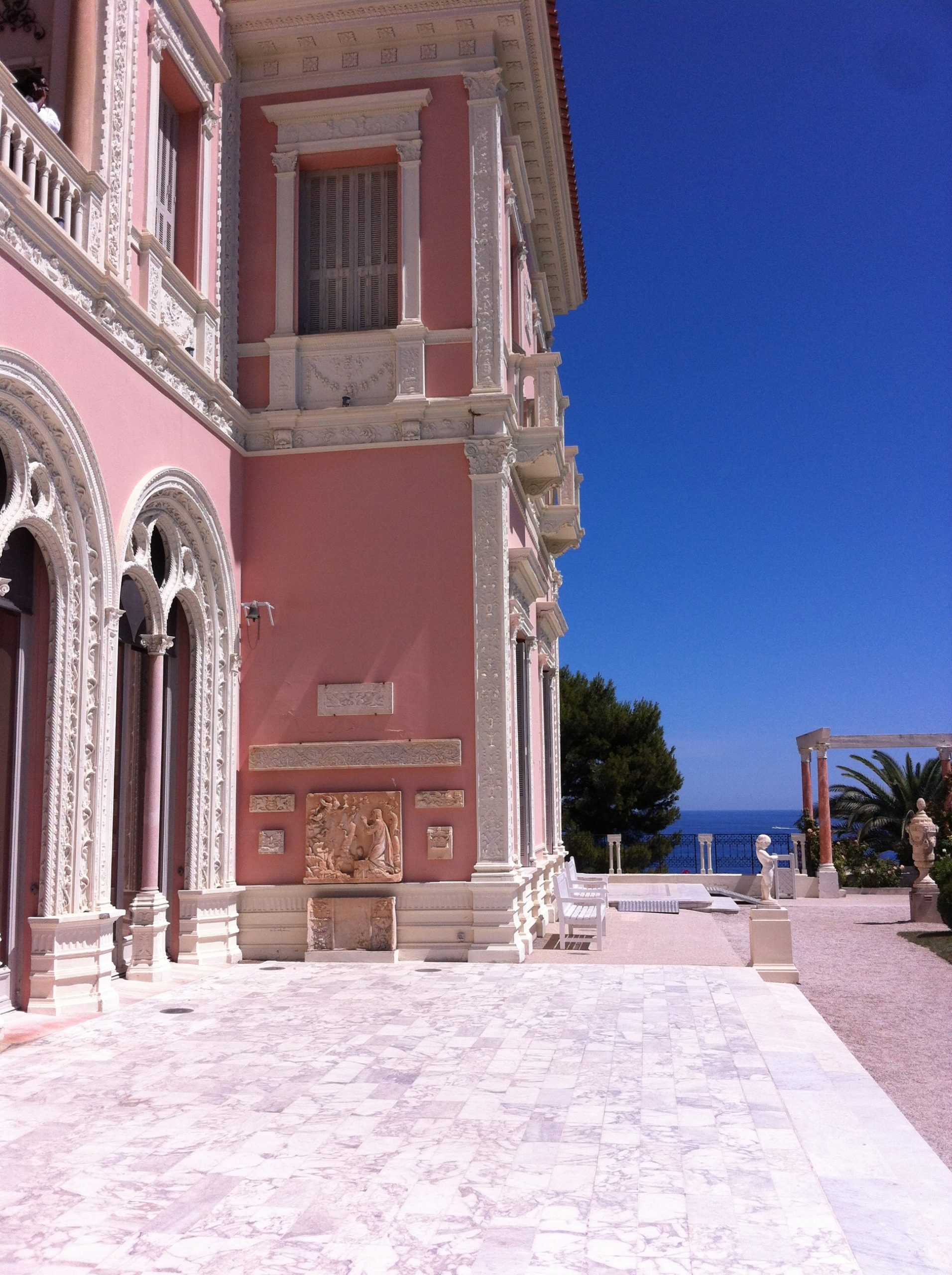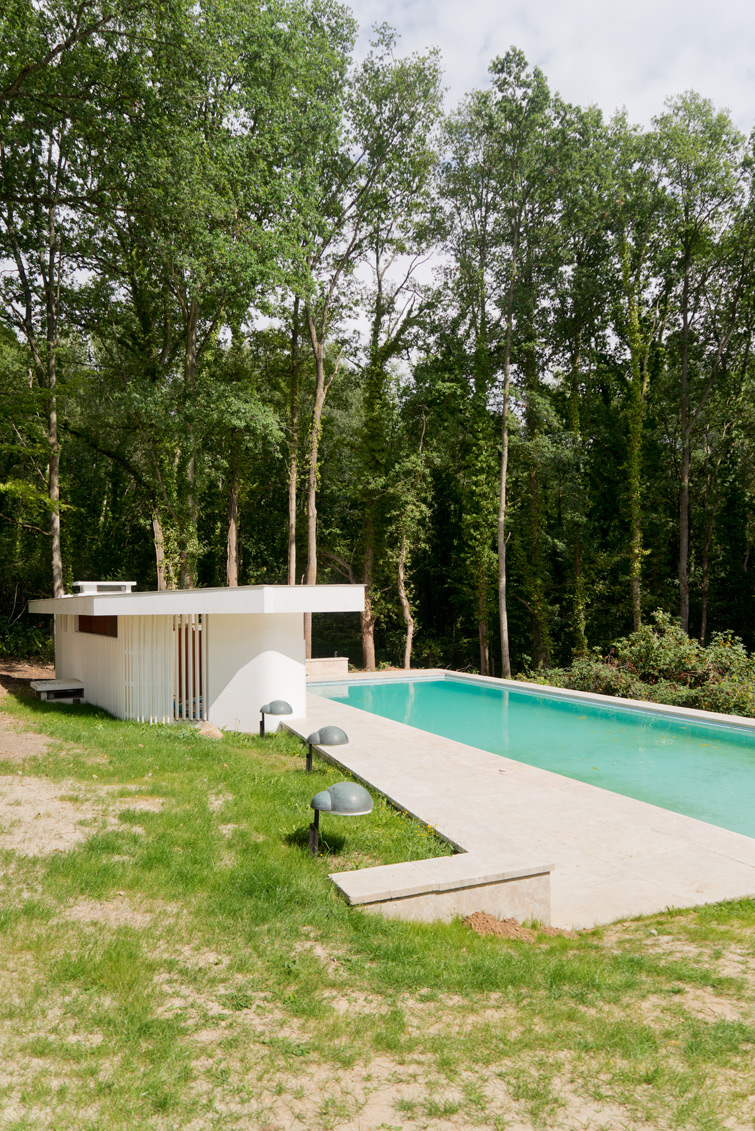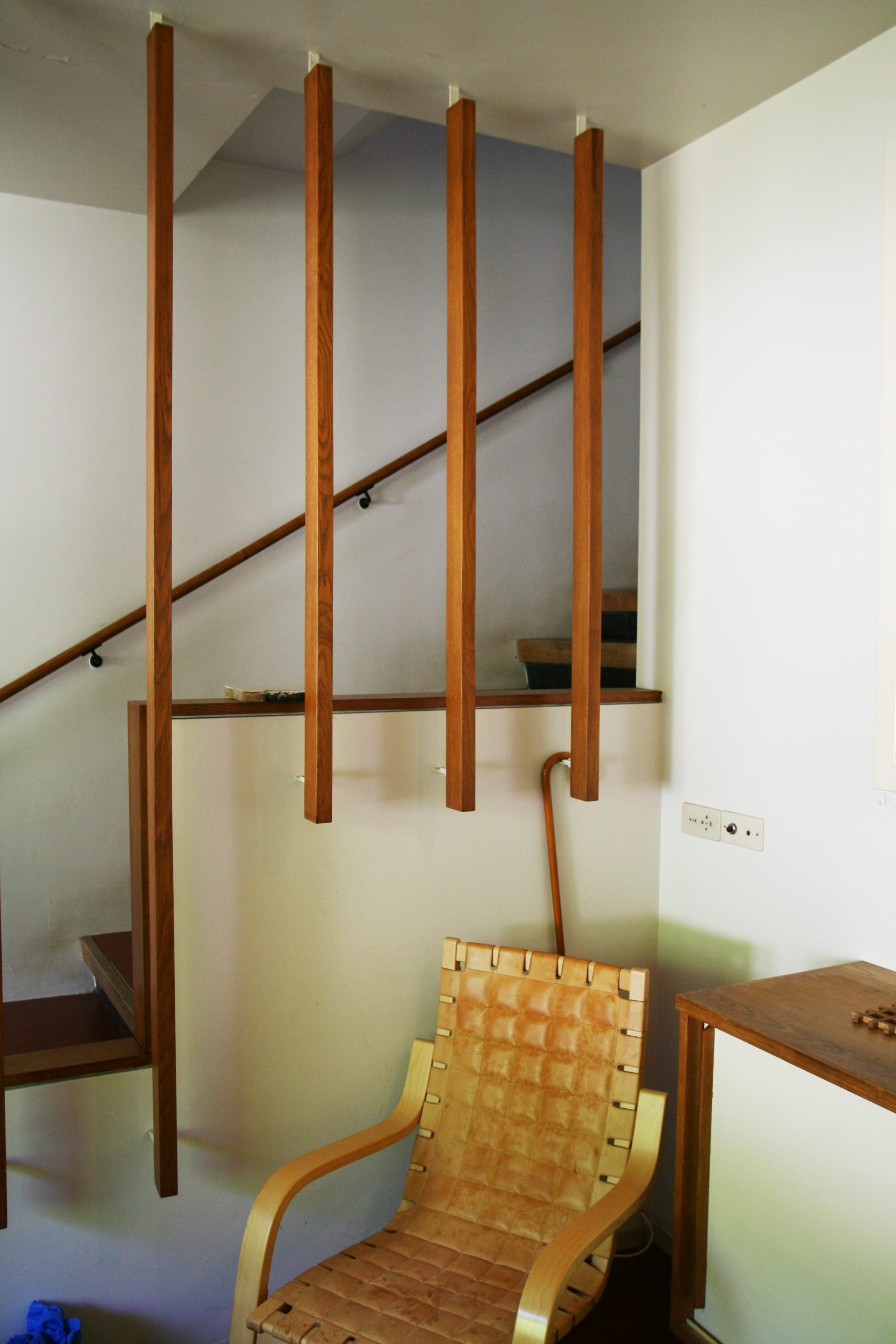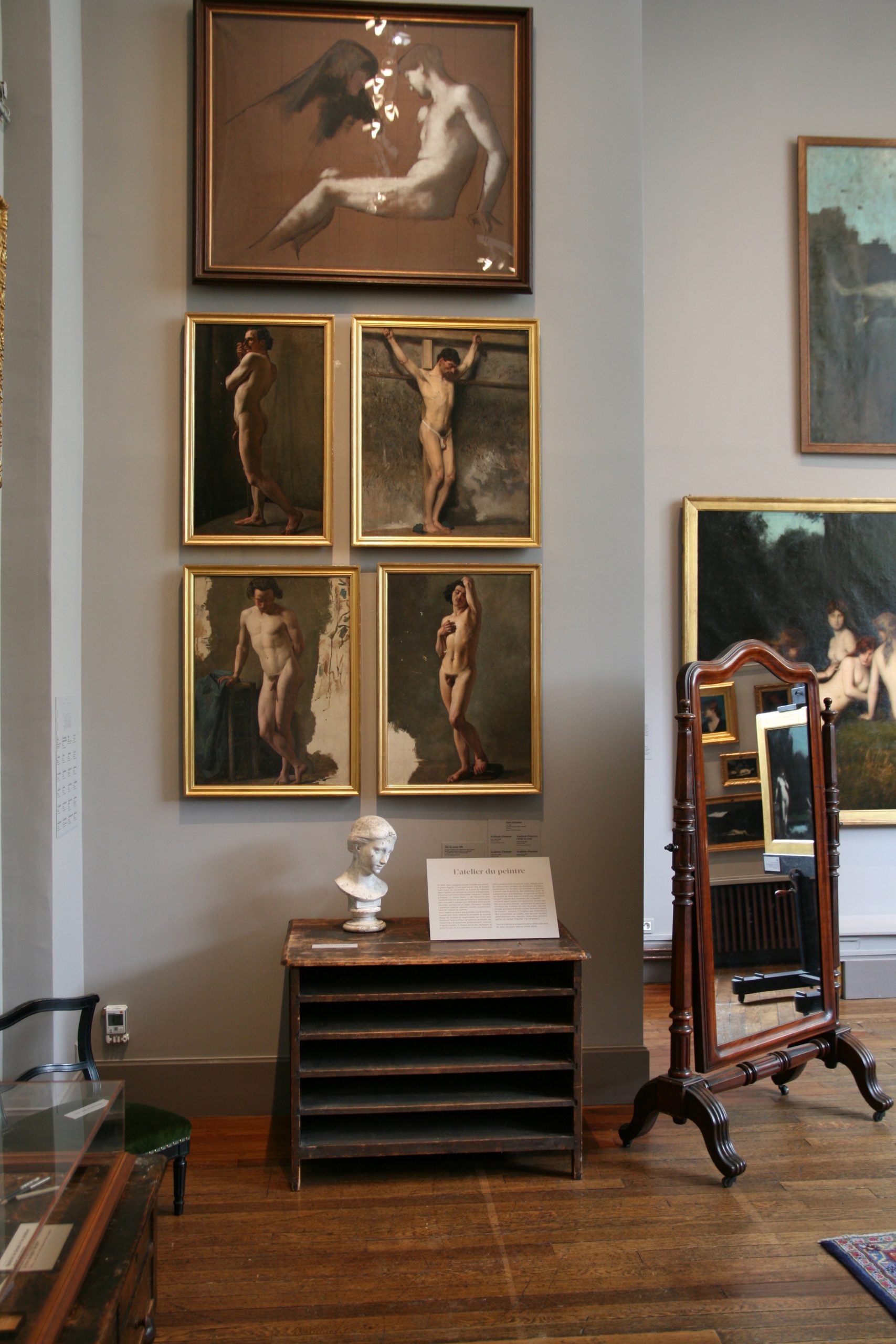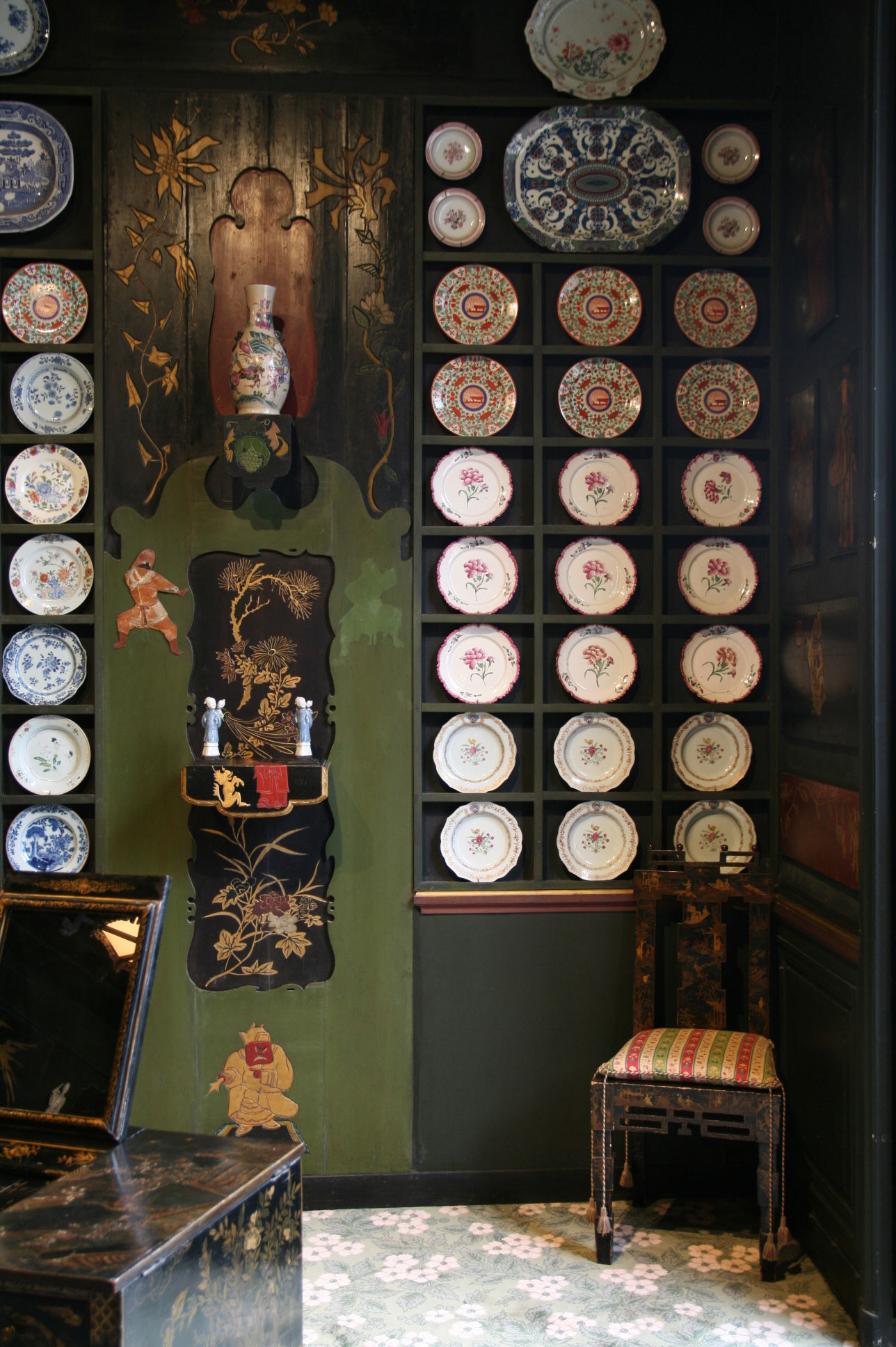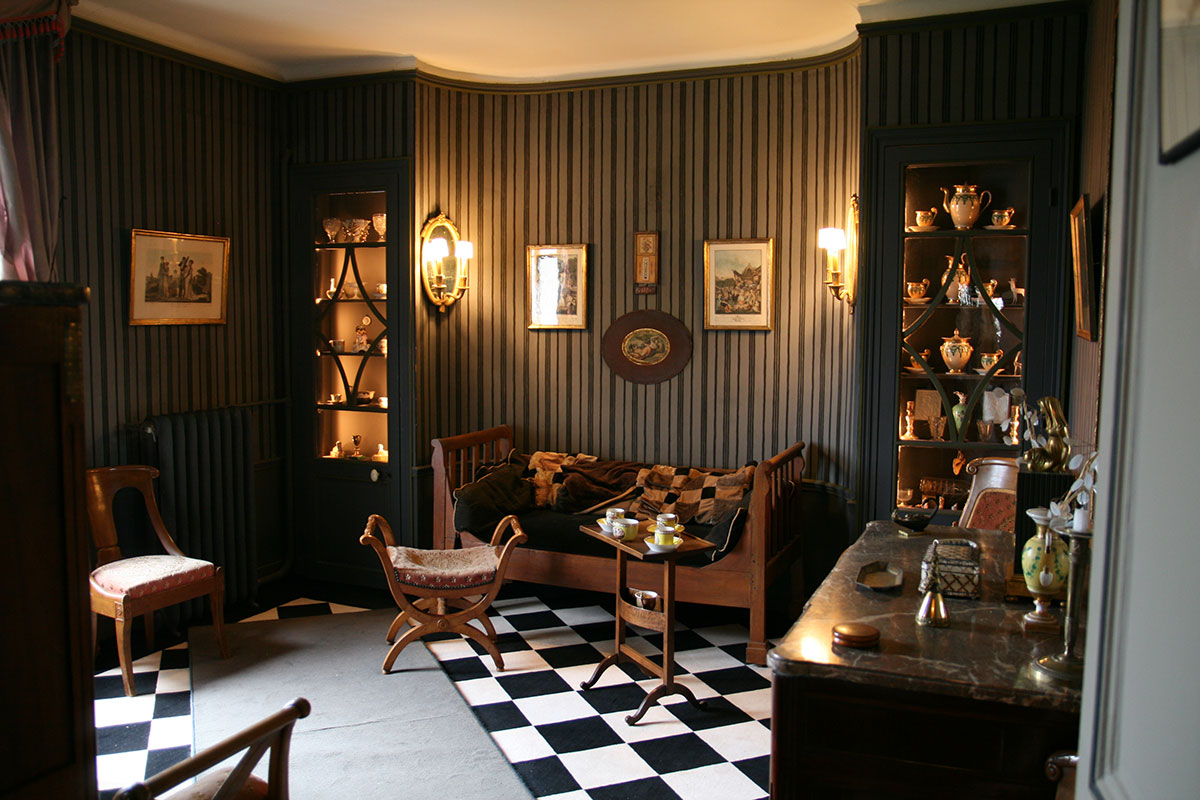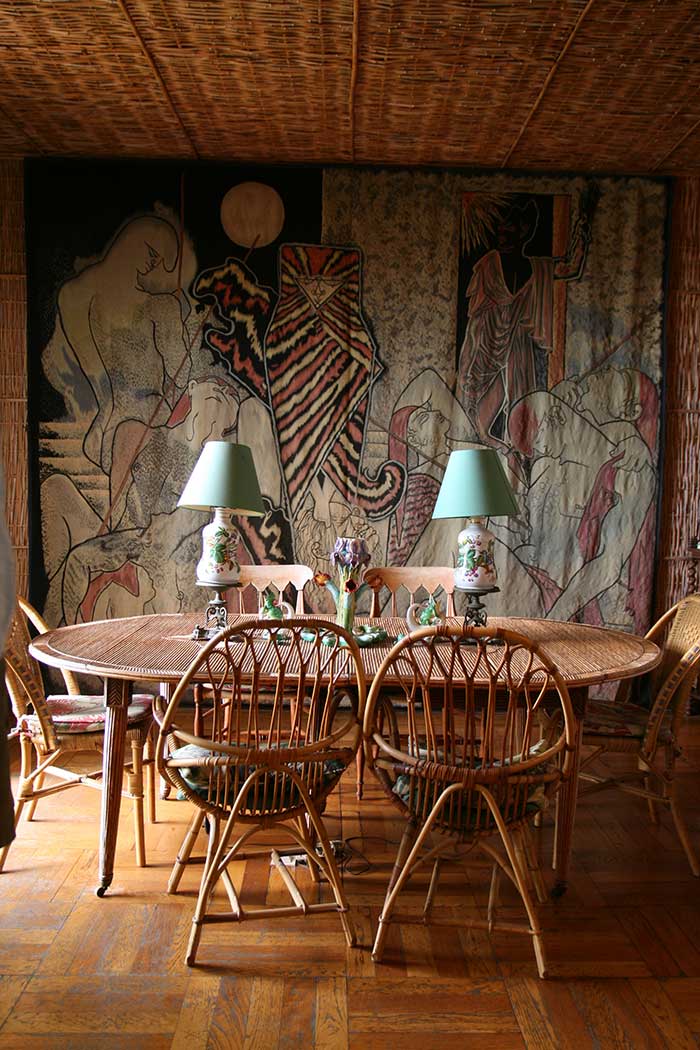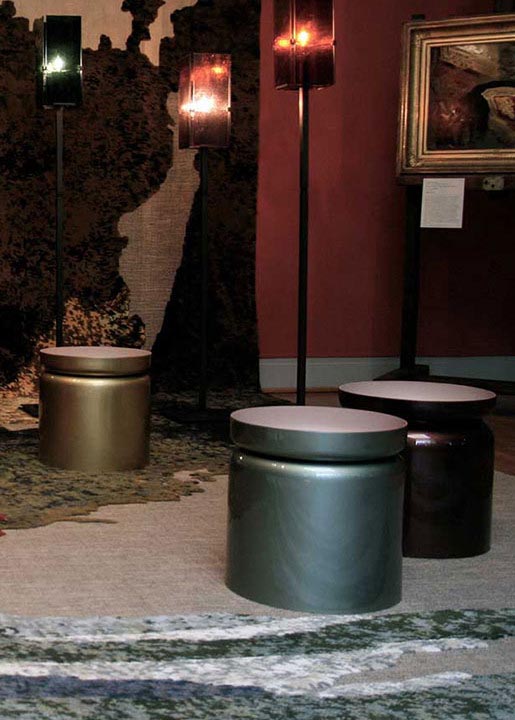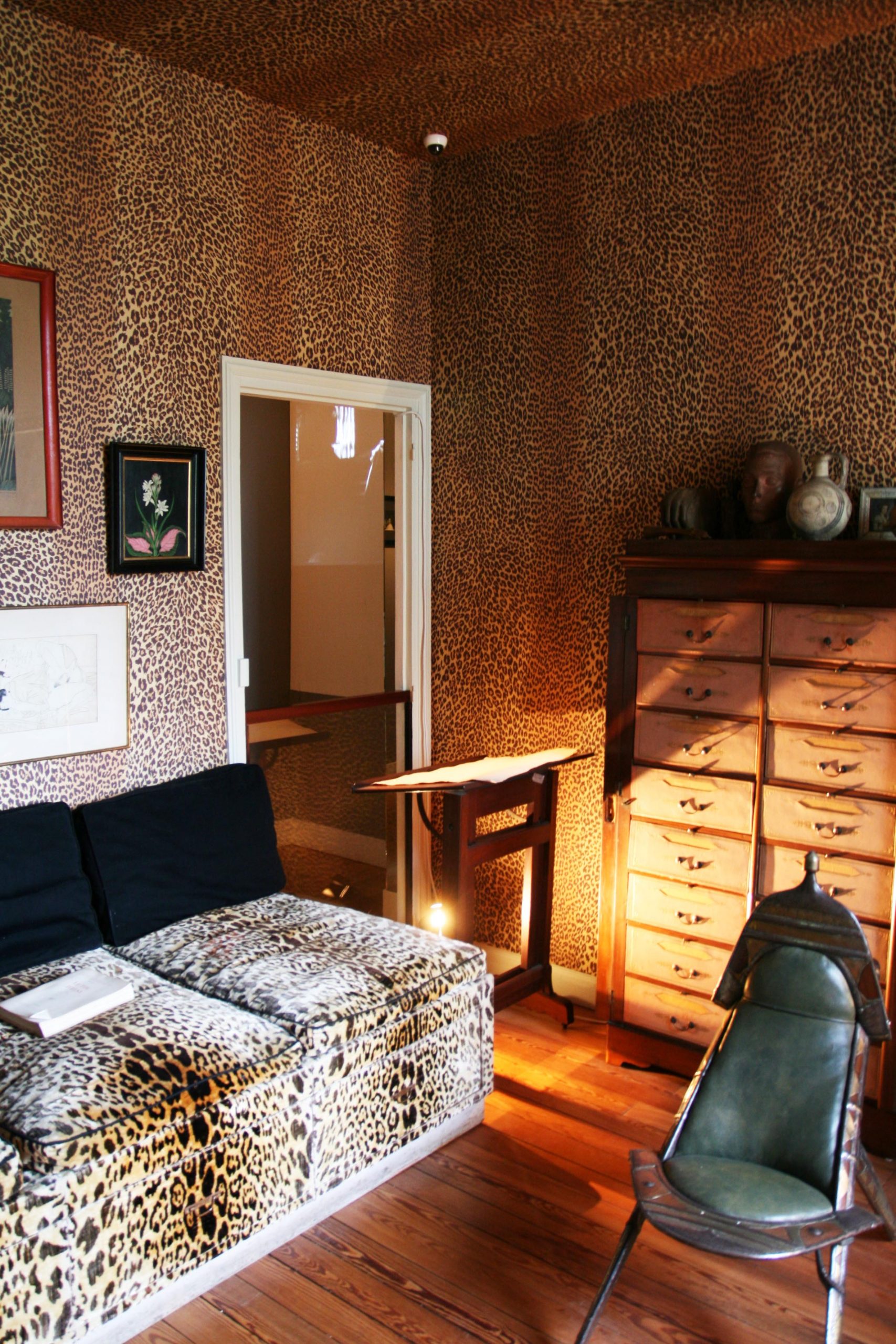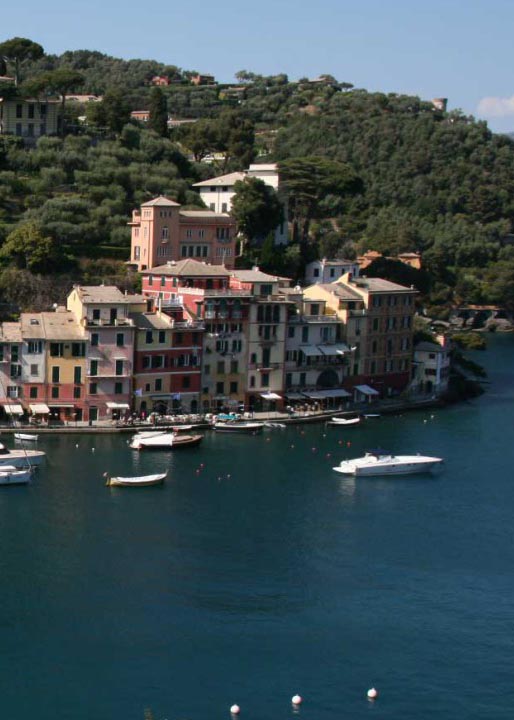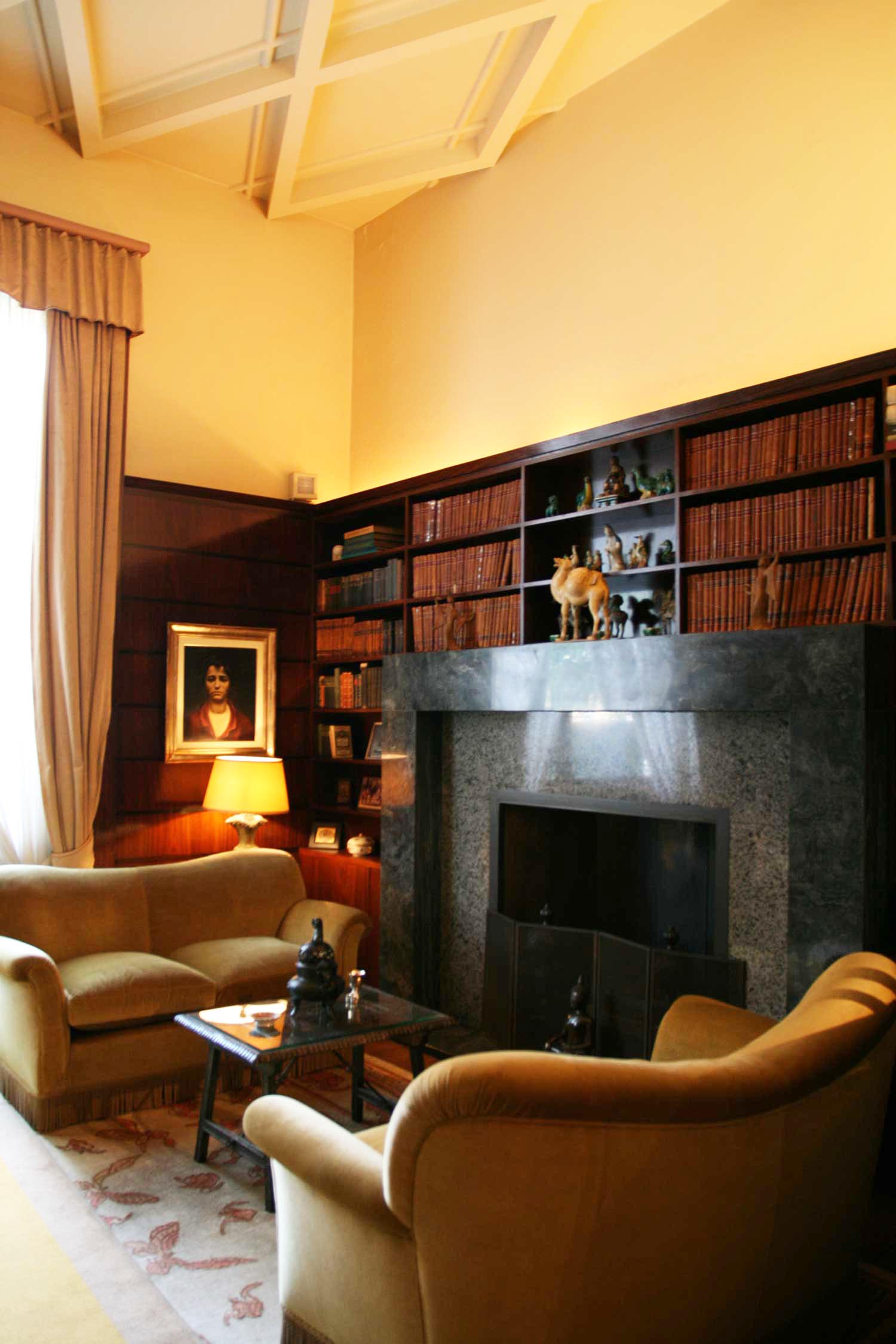Isola Bella is named after Isabella d’Adda, the wife of Carlo III Borromeo. In 1632, Carlo Borromeo embarked upon a project that would see a rocky outcrop on Lake Maggiore inhabited by a few solitary fishermen transformed into one of Italy’s finest palazzi.
Works slowed due to the outbreak of pestilence that developed in the dukedom of Milan in the mid 17th century and were really begun under Carlo Borromeo’s son, Vitaliano VI. Vitaliano conceived the idea of landscaping the gardens to give the impression that Isola Bella was a ship, emerging from the lake.
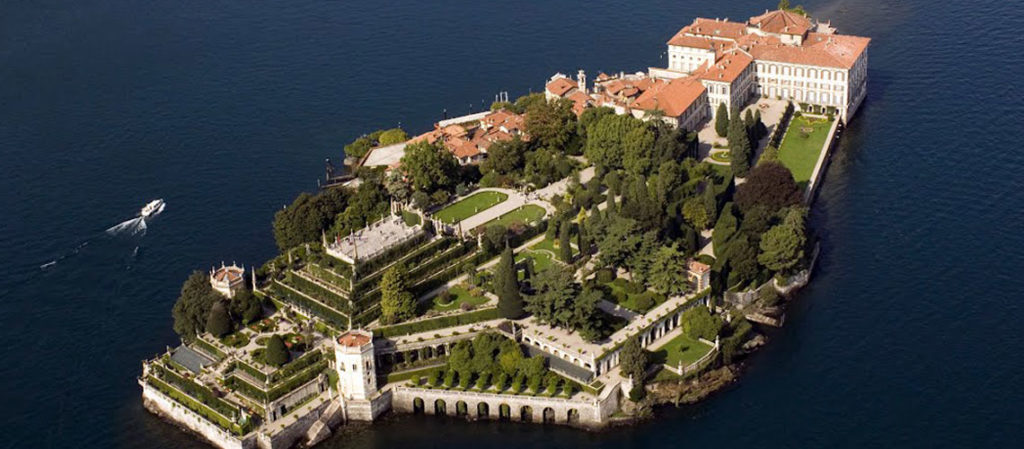
To create the terraces, a huge amount of earth was shipped over to the island by boat. Orange trees, lemon trees, cypresses were planted.
A baroque palazzo was built on the north side of the island, decorated with different types of marble, alabaster and lapis lazuli.
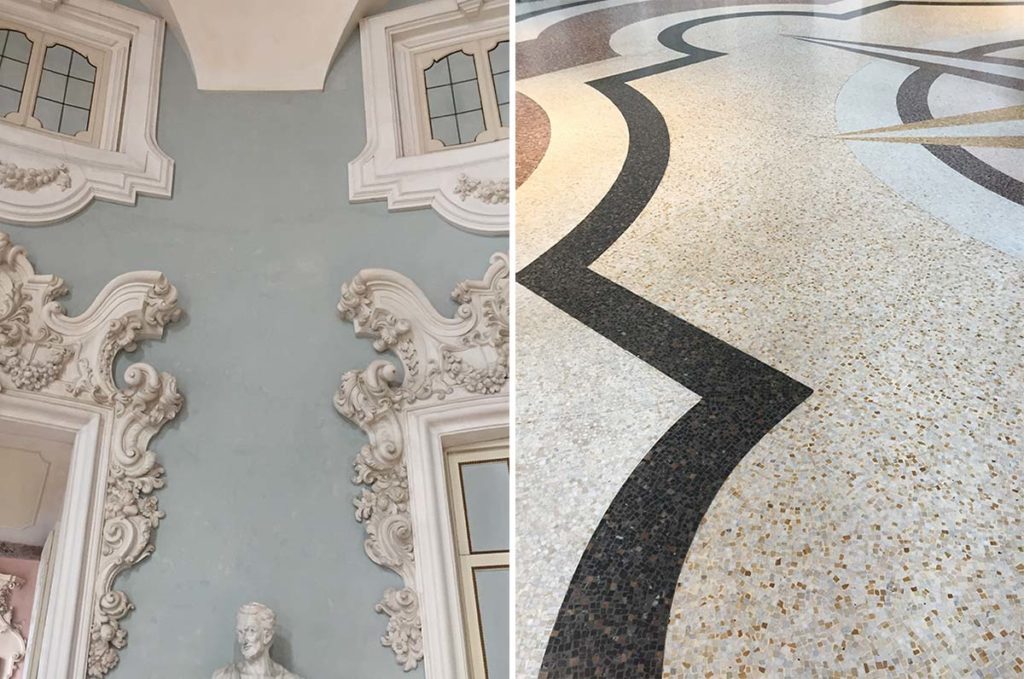
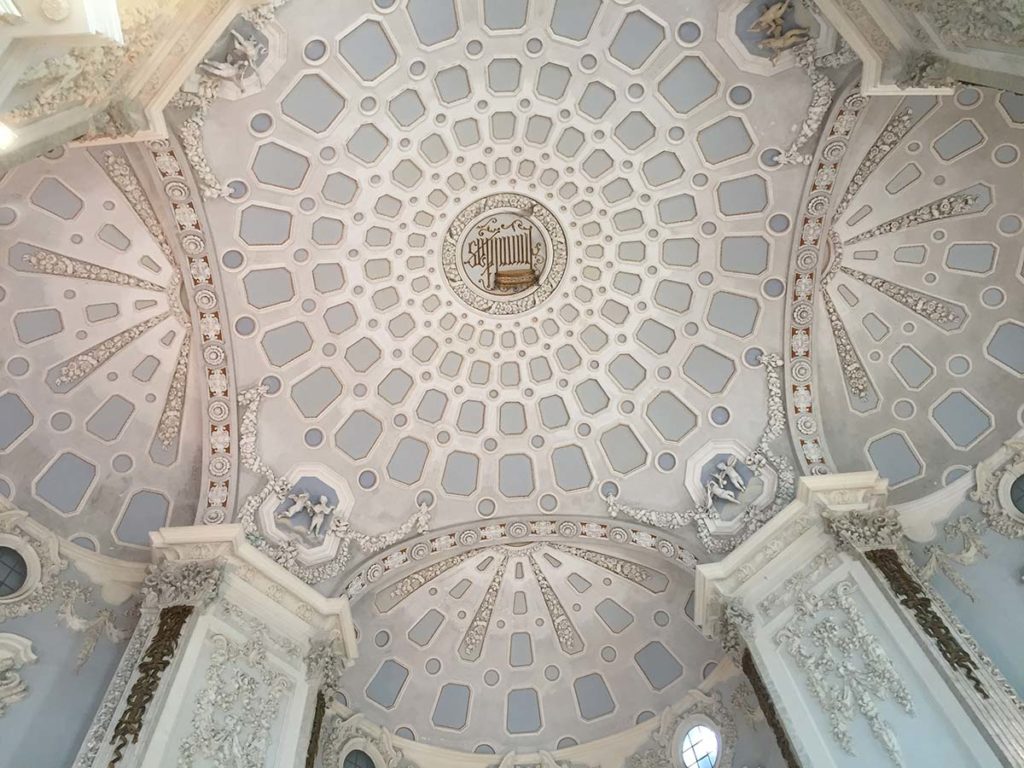
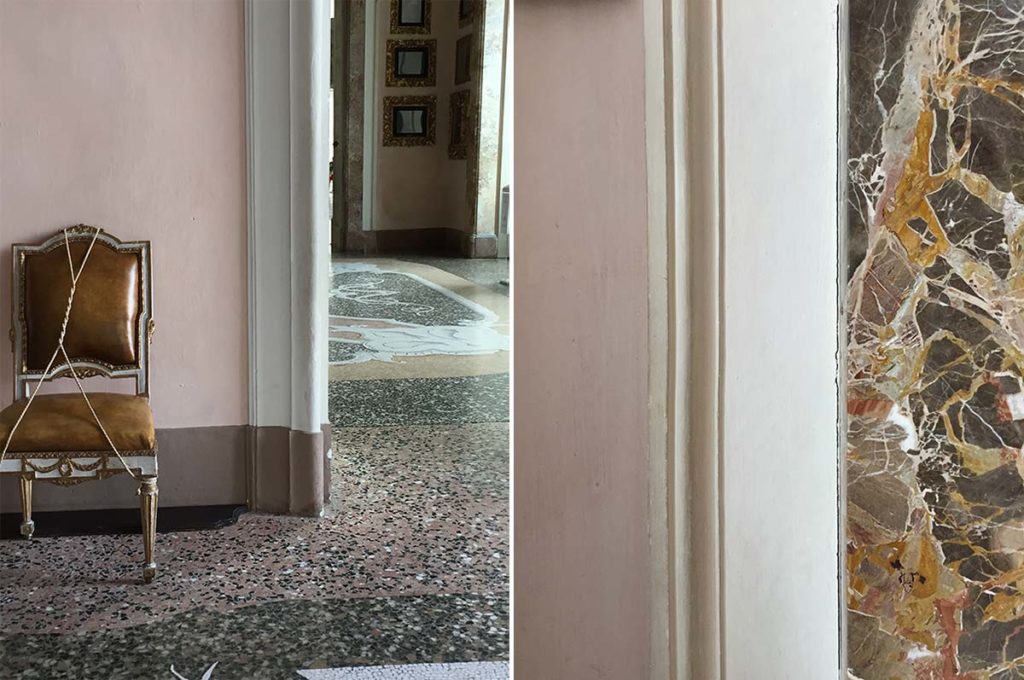
>Vitaliano VI and his architect Filippo Cagnulo, planned a grotto in a series of six rooms on the lower ground floor. The north-facing grotto directly overlooks the lake, providing a refuge from the summer heat.
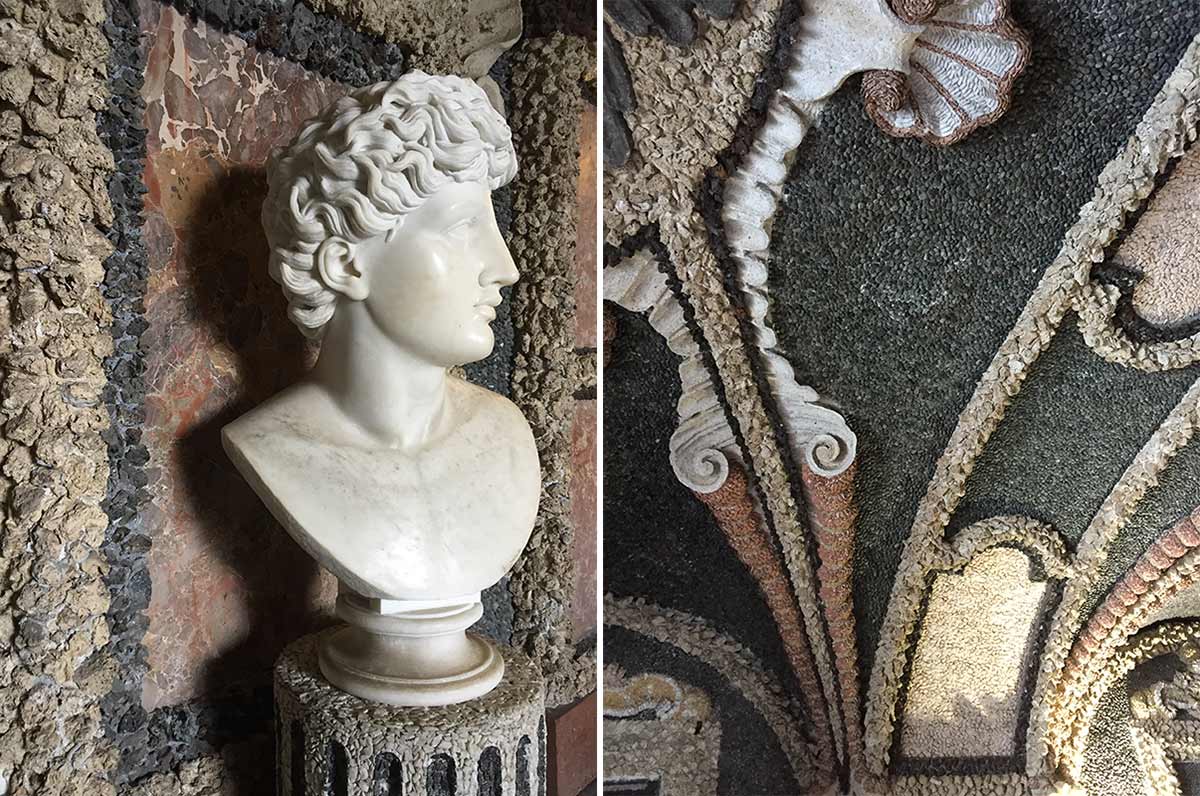
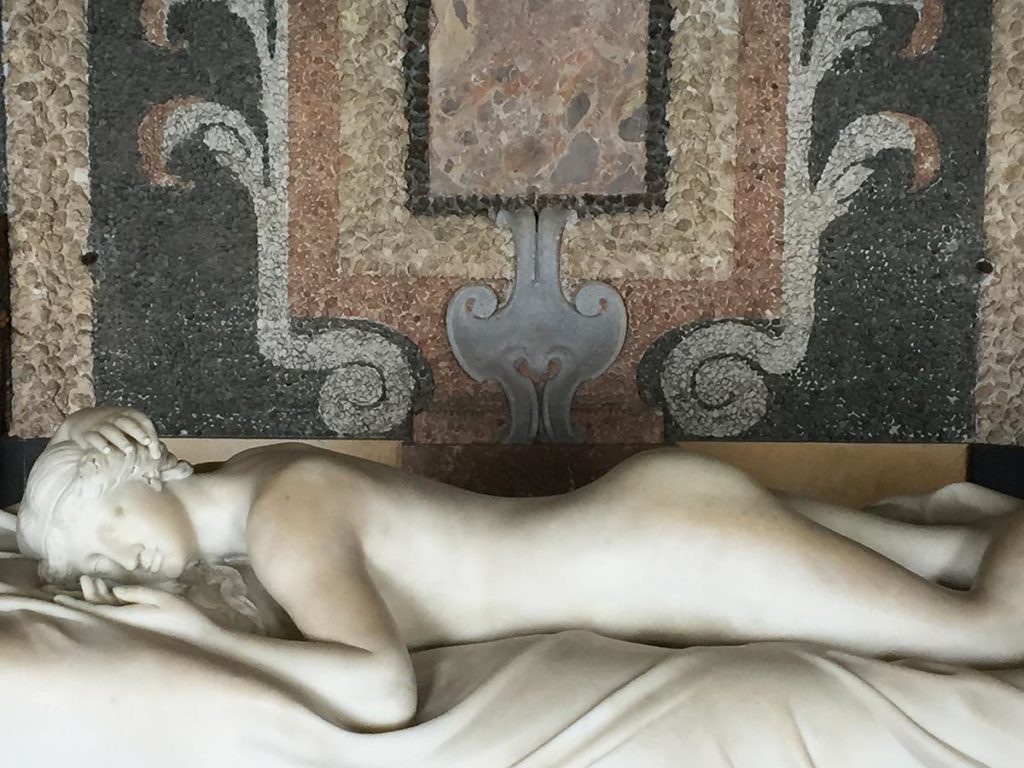
Absolutely every surface is covered in pebbles and shells. This painstaking work took a hundred years to complete.
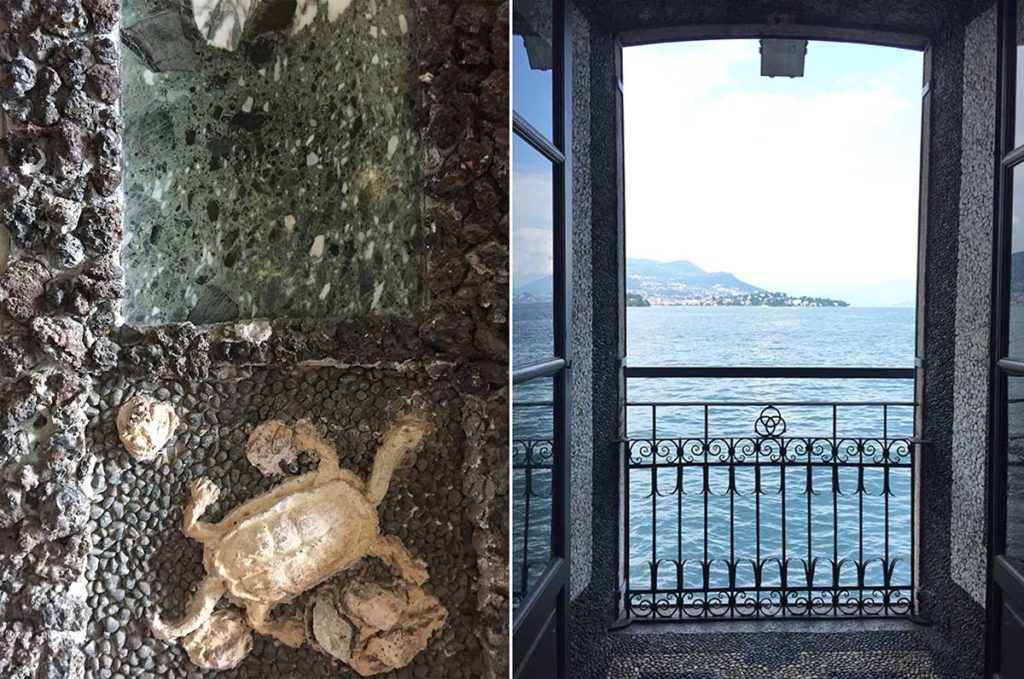
The grotto connects the palazzo with the garden, which is decorated with statues, balustrades and vases.
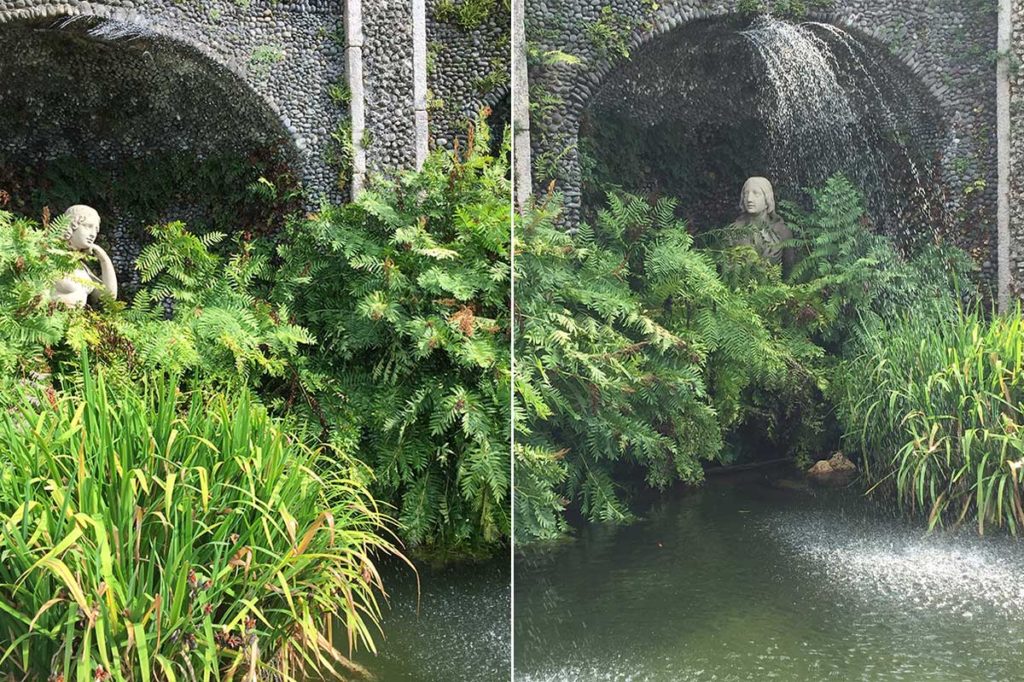
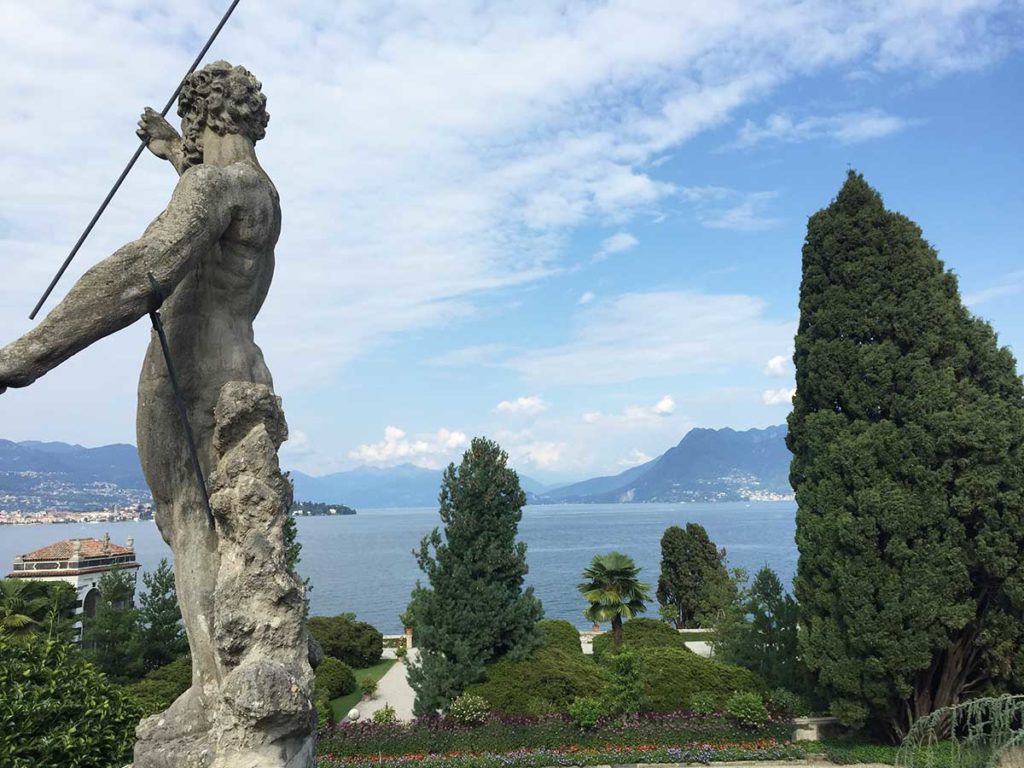
In all, Isola Bella took almost four hundred years to complete, involving the work of hundreds of qualified architects, engineers, plasterers, painters, cabinetmakers and gardeners.
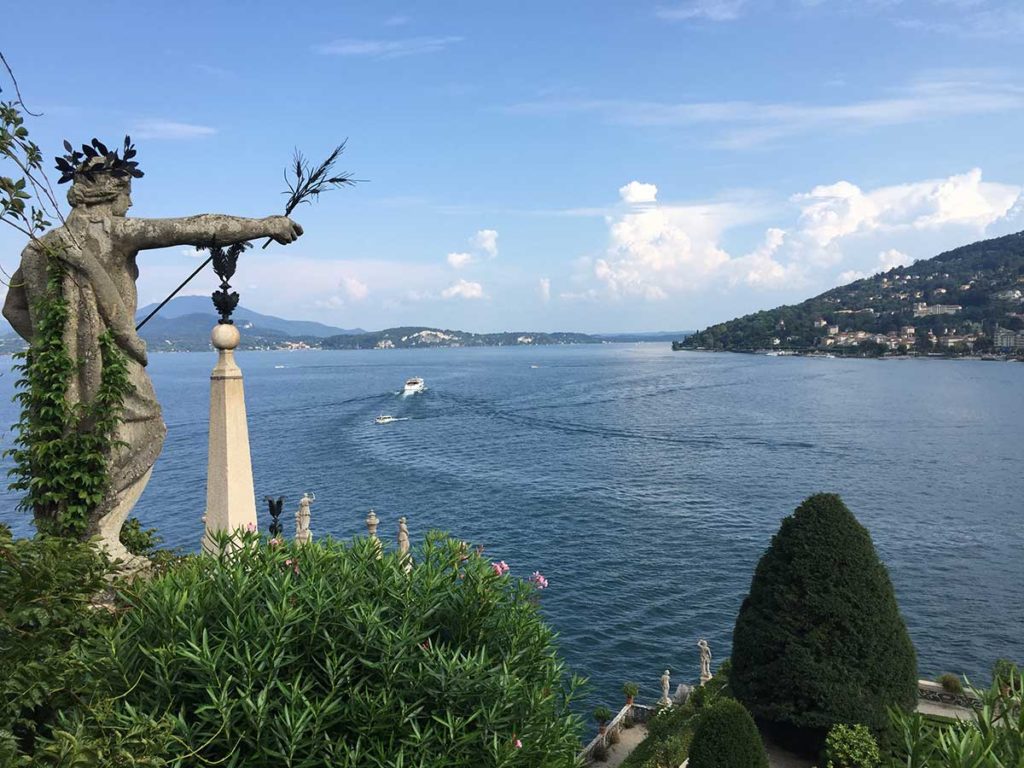
SHOP THE LOOK
